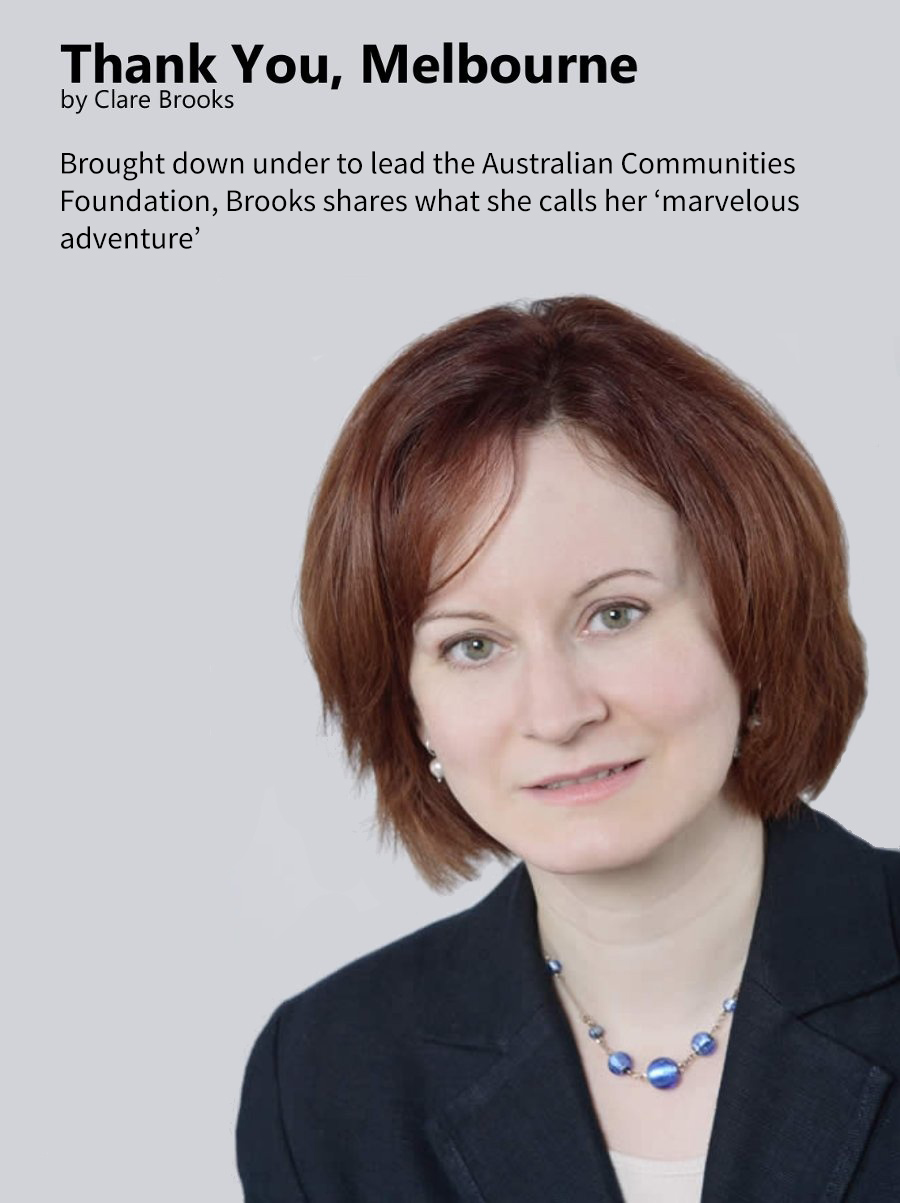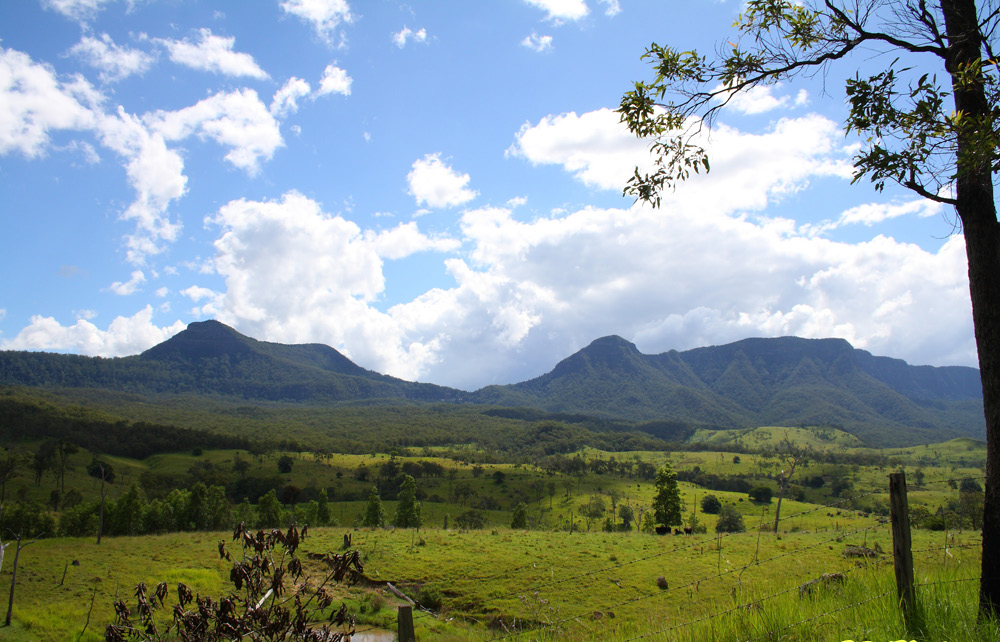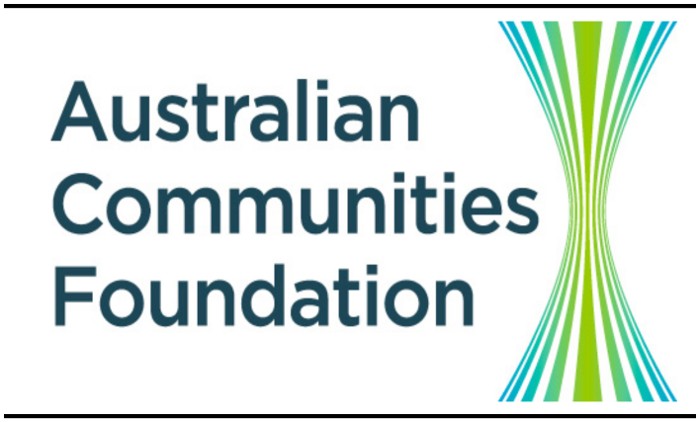



“The Australian countryside looks so . . . so . . . savage,” my Melbourne host told me. That wasn’t her view of course; she was quoting a British visitor.
Did I think the same? No, I reassured her. Quite the opposite, I found it marvelous.
Terra Australis has a beauty, complexity and originality that are breathtaking and intoxicating. I’d heard of the uniqueness of its wildlife but it’s hard to imagine how larger-than-life Australia is until you’ve stepped off the plane. It has giant landscapes, skies, wilderness, and belief systems; the Australian Aboriginal culture is the oldest maintained culture on the planet.

It also has a unique culture of giving. Charities Aid Foundation (CAF), a nonprofit organization that conducts research on international giving trends, ranked Australia first in its 2012 World Giving Index as a function of the public’s open-handedness in times of need. CAF’s Index is far from a measure on purely financial terms—it includes categories for volunteering time and “helping strangers”— but its findings do reflect Australia’s generosity.
The country has its pantheon of philanthropists, many of them with connections to the state of Victoria, home to Melbourne and 80 percent of the country’s charitable trusts. (Victoria is Australia’s most densely populated state.) Still, most Australians are almost vehemently self-effacing about their giving, even if some are beginning to understand that they can better further the causes they care about if they go public.

Dame Elizabeth Murdoch, mother of media tycoon Rupert, was particularly admired for her giving and her personal involvement in the charities she supported, and she was universally mourned upon her death in 2012. The country’s charitable landscape is dotted with other venerable (for a young country) family names, like Potter, Myer, Felton and Holmes à Court. And new names in philanthropy are springing up, the result of an economy that boomed in 1990s and weathered the recent global recession.
But while charitable donations are at record levels, some critics complain that the increase simply reflects the economic boom, and that the proportion of those giving has been flat, at 50 percent. Some Australians are calling for more streamlined charity legislation and more transparent and accountable philanthropic practices. In more than one way the country has shown a commitment to push the philanthropic needle even farther.
To encourage leadership, for example, the state of Queensland holds an annual Philanthropist Awards ceremony. Recently a partnership of charitable organizations launched the publication of Australia’s 50 Top Philanthropic Gifts of All Time. The list, which goes back to the 1800s, makes fascinating reading and isn’t exclusive to the mega-wealthy. It invited the public to vote online for Australia’s Top 10 Gifts. I never said Australians weren’t competitive.

The Australian Communities Foundation, an organization I had the good fortune to be associated with during my time down under, also proved to me that mateship and the idea of a fair go aren’t just Australian cultural myths but realities. In the charitable world, they lend themselves to a host of very democratic and often sociable donor-advised funds and Gumnut Accounts, which donors can open for a few dollars a day.
Alongside growing gifts of cash, there is also some epic social entrepreneurism. One venture that began in Australia but has now gone global is Movember, the mustache-themed awareness month that aims to “change the face of men’s health.” It began with some mates having a pint in a pub.
See what I mean? Jokes over a few beers raise 1.1 million new Mo’s and around $100 million across the globe for charity. Marvelous!
RELATED: "The Community Foundation"